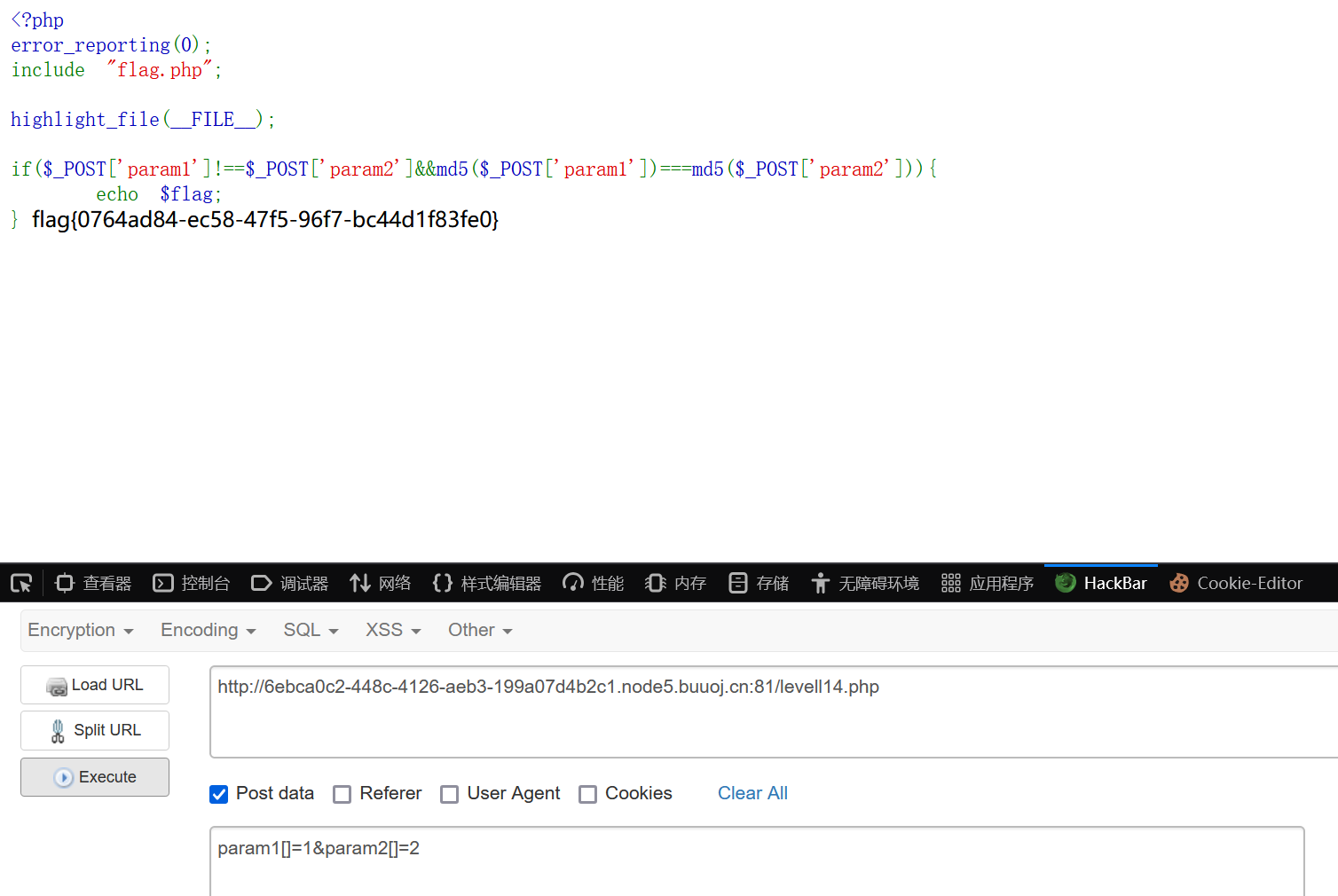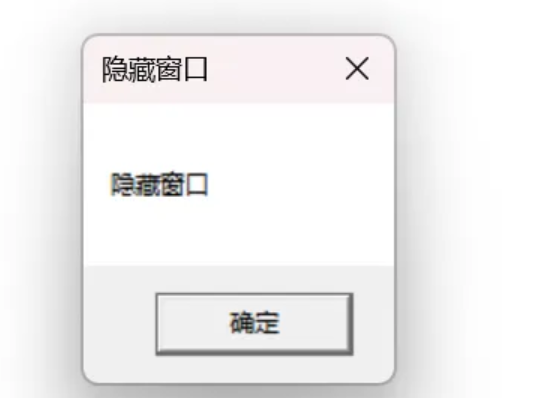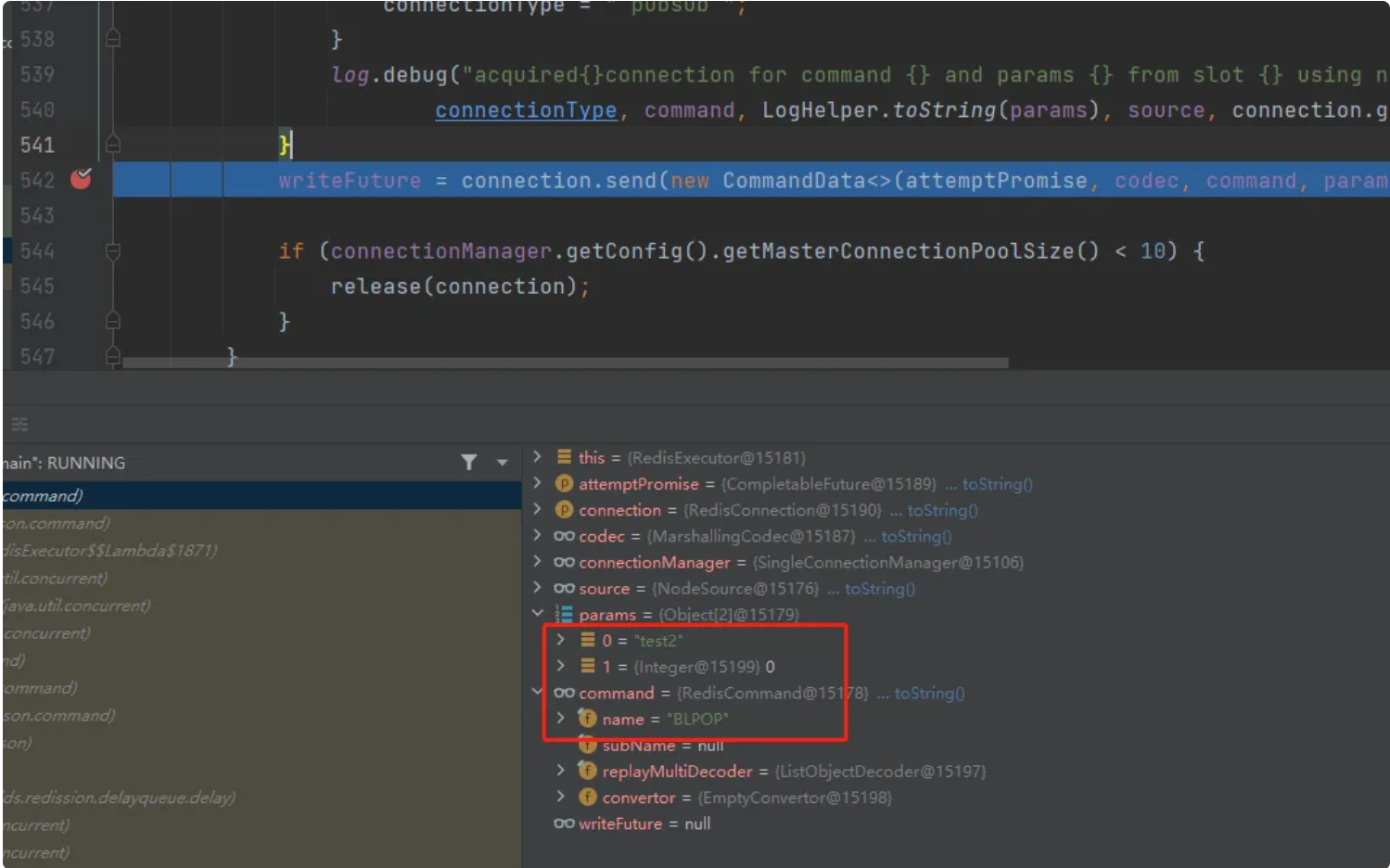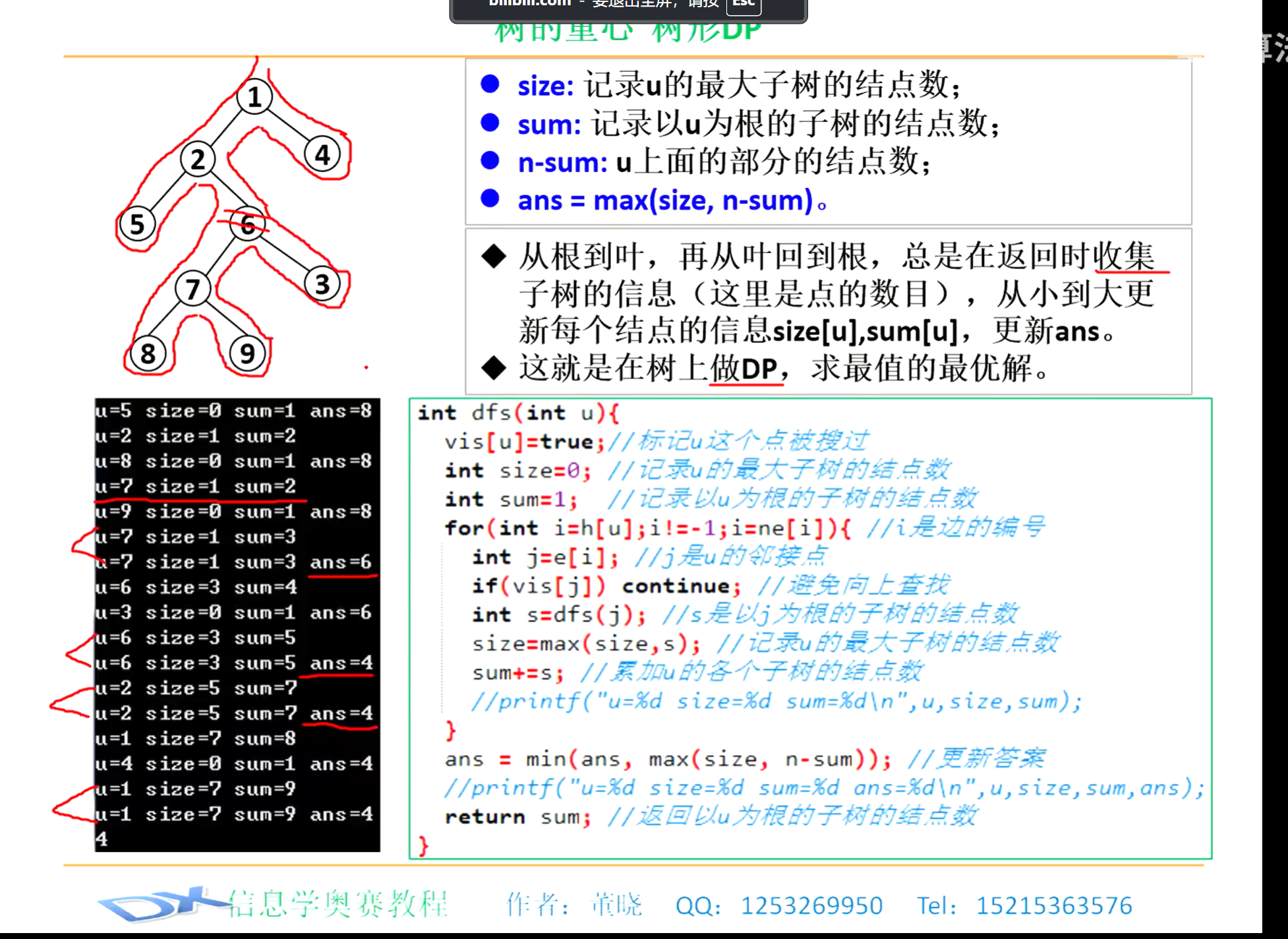题目
题目链接
解题思路
- 使用一个固定大小的数组来存储队列元素。
- 维护两个指针
head和tail,分别指向队首和队尾。 push操作:将元素加入队尾,更新tail指针。pop操作:输出并移除队首元素,更新head指针。front操作:输出队首元素。- 检查队列是否满或空,以决定是否输出 "full" 或 "empty"。
代码
#include <iostream>
#include <vector>
#include <string>
using namespace std;class CircularQueue {
private:vector<int> data;int head, tail, size, capacity;public:CircularQueue(int n) : data(n), head(0), tail(0), size(0), capacity(n) {}void push(int x) {if (size == capacity) {cout << "full\n";} else {data[tail] = x;tail = (tail + 1) % capacity;size++;}}void pop() {if (size == 0) {cout << "empty\n";} else {cout << data[head] << "\n";head = (head + 1) % capacity;size--;}}void front() {if (size == 0) {cout << "empty\n";} else {cout << data[head] << "\n";}}
};int main() {int n, q;cin >> n >> q;CircularQueue cq(n);string op;while (q--) {cin >> op;if (op == "push") {int x;cin >> x;cq.push(x);} else if (op == "pop") {cq.pop();} else if (op == "front") {cq.front();}}return 0;
}
import java.util.Scanner;class CircularQueue {private int[] data;private int head, tail, size, capacity;public CircularQueue(int n) {data = new int[n];head = 0;tail = 0;size = 0;capacity = n;}public void push(int x) {if (size == capacity) {System.out.println("full");} else {data[tail] = x;tail = (tail + 1) % capacity;size++;}}public void pop() {if (size == 0) {System.out.println("empty");} else {System.out.println(data[head]);head = (head + 1) % capacity;size--;}}public void front() {if (size == 0) {System.out.println("empty");} else {System.out.println(data[head]);}}
}public class Main {public static void main(String[] args) {Scanner sc = new Scanner(System.in);int n = sc.nextInt();int q = sc.nextInt();CircularQueue cq = new CircularQueue(n);for (int i = 0; i < q; i++) {String op = sc.next();if (op.equals("push")) {int x = sc.nextInt();cq.push(x);} else if (op.equals("pop")) {cq.pop();} else if (op.equals("front")) {cq.front();}}}
}
class CircularQueue:def __init__(self, n):self.data = [0] * nself.head = 0self.tail = 0self.size = 0self.capacity = ndef push(self, x):if self.size == self.capacity:print("full")else:self.data[self.tail] = xself.tail = (self.tail + 1) % self.capacityself.size += 1def pop(self):if self.size == 0:print("empty")else:print(self.data[self.head])self.head = (self.head + 1) % self.capacityself.size -= 1def front(self):if self.size == 0:print("empty")else:print(self.data[self.head])# 读取输入
n, q = map(int, input().split())
cq = CircularQueue(n)for _ in range(q):op = input().strip()if op.startswith("push"):_, x = op.split()cq.push(int(x))elif op == "pop":cq.pop()elif op == "front":cq.front()
算法及复杂度分析
- 算法:循环队列的基本操作
- 时间复杂度:\(\mathcal{O}(1)\) 对于每个操作。
- 空间复杂度:\(\mathcal{O}(n)\),其中 \(n\) 是队列的容量。
这个问题考察了循环队列的实现,重点在于正确维护 head 和 tail 指针的移动和边界条件的处理。









